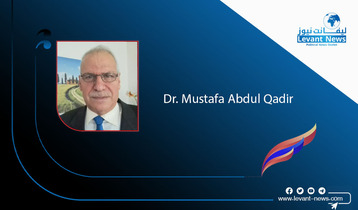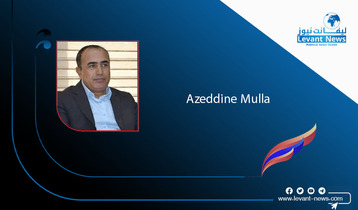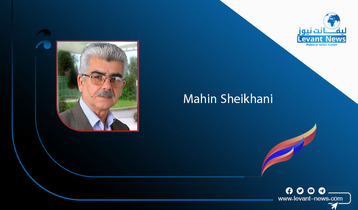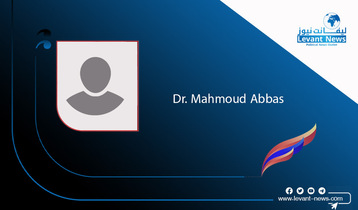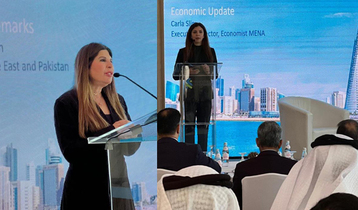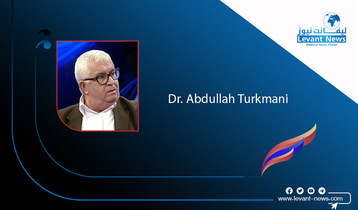-
of Succession: Khamenei's Future and the Fate of the Regime
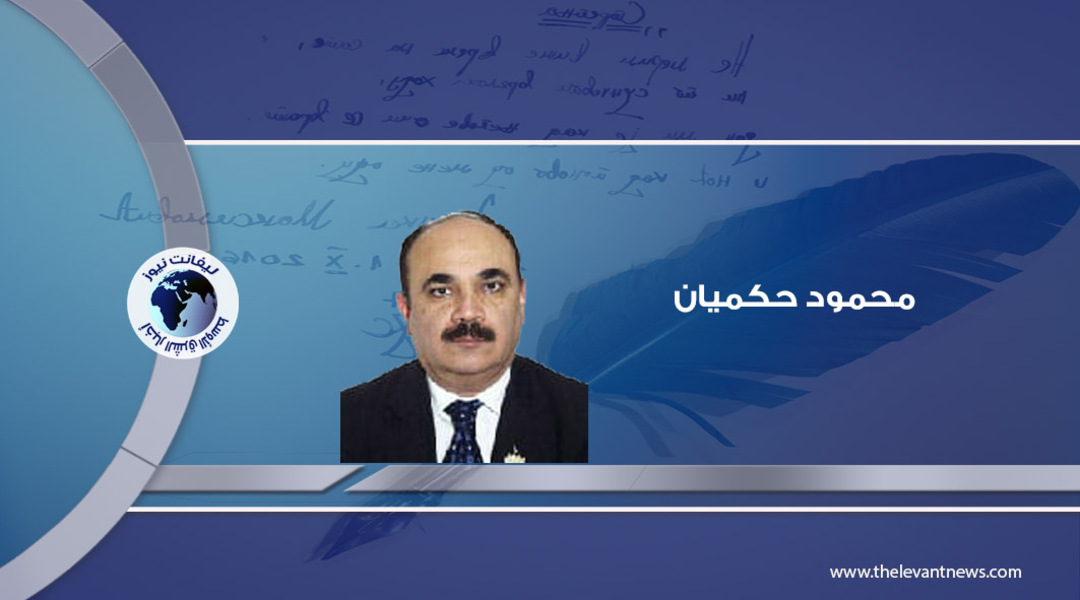
Mahmoud Hakimian*
The notable international political and media attention surrounding the meeting Khamenei held on November 7, 2023, to discuss the selection of the next Supreme Leader of the regime, was striking in contrast to the attention given to other important and sensitive issues related to Iran. This interest stands out, particularly because political analyses have addressed this subject from various angles, as the position of the Supreme Leader is the foundation upon which the entire regime is built.
The political and media focus on this topic arises from the fact that the Iranian regime is facing a highly sensitive phase, struggling with extremely poor conditions, especially as its role in the region is witnessing an extraordinary decline. The Iranian regime has made its influence in the region a spearhead and a fireball, threatening not only the countries in the region but also international interests in the Middle East. Furthermore, Khamenei himself has not been able to play a role and exert influence like his predecessor, Khomeini, who was known for his charisma. The individuals proposed as his successors, particularly Khamenei's son Mojtaba, lack the ability and capability to lead the regime better than Khamenei.
What stood out the most in the previously mentioned meeting was Khamenei’s emphasis that "the utmost precision must be exercised in defining the qualities stipulated in the Constitution for leadership; the leader must be someone with a firm belief in the path of the revolution and its goals, and a readiness to continue on this path tirelessly, and deserving of this responsibility." However, this statement does not align with what is outlined in Article 109 of the Iranian Constitution regarding the necessary qualities for the Supreme Leader, which are as follows:
1. The necessary scientific competence for issuing fatwas in various areas of jurisprudence.
2. Justice and piety required to lead the Islamic nation.
3. Accurate political and social vision, management, courage, and sufficient capacity for leadership.
If we examine the qualities specified in the Constitution closely, there is no connection between Khamenei's words and these qualifications, as Khamenei emphasized a firm hearted belief in the goals of the revolution and the unyielding continuation of its path. This indicates that Khamenei believes the crucial criterion is the continuation of his political line and approach.
This means that Khamenei is fully aware that if matters proceed according to what is stated in the Constitution, the future of the regime will be at risk; therefore, he stressed his approach to ensure the regime's future. However, amid the increasingly complex and crisis-ridden situation in Iran, particularly with Trump’s return to the White House, Khamenei’s departure and whoever succeeds him will find themselves in a difficult position, facing a heavy legacy alongside a turbulent present and an uncertain future.
When comparing Khamenei to Khomeini, the difference between them is significant. Even when comparing their eras, we find that the position of the Guardianship of the Islamic Jurist during Khomeini's time maintained its prestige and unique status, but during Khamenei's era, the position has lost the prestige and status it once held, especially as slogans chanted during protests have targeted it. Consequently, the individual who will succeed Khamenei will likely be weaker than him and will find themselves increasingly reliant on repressive measures and executions, as without such approaches, they will struggle to control the situation. Therefore, we should expect an increase in the role and influence of the Revolutionary Guards to the extent that the Supreme Leader may ultimately resemble the Abbasid Caliphs in the waning days of the Abbasid caliphate.
Both Khomeini and Khamenei faced the People's Mujahedin Organization and attempted in various ways to eradicate it completely, but they failed miserably. The organization has always risen anew, like the mythical phoenix, after every bloody confrontation and extraordinary campaigns by the regime. It is certain that Khamenei faced his worst days in dealing with this organization that has become a nightmare for him. The new Supreme Leader will undoubtedly face even worse challenges than Khamenei, particularly as the organization excels at managing confrontations with the regime and may push him into a corner from which there is no escape!
Tags
You May Also Like
Popular Posts
Caricature
BENEFIT Sponsors BuildHer...
- April 23, 2025
BENEFIT, the Kingdom’s innovator and leading company in Fintech and electronic financial transactions service, has sponsored the BuildHer CityHack 2025 Hackathon, a two-day event spearheaded by the College of Engineering and Technology at the Royal University for Women (RUW).
Aimed at secondary school students, the event brought together a distinguished group of academic professionals and technology experts to mentor and inspire young participants.
More than 100 high school students from across the Kingdom of Bahrain took part in the hackathon, which featured an intensive programme of training workshops and hands-on sessions. These activities were tailored to enhance participants’ critical thinking, collaborative problem-solving, and team-building capabilities, while also encouraging the development of practical and sustainable solutions to contemporary challenges using modern technological tools.
BENEFIT’s Chief Executive Mr. Abdulwahed AlJanahi, commented: “Our support for this educational hackathon reflects our long-term strategic vision to nurture the talents of emerging national youth and empower the next generation of accomplished female leaders in technology. By fostering creativity and innovation, we aim to contribute meaningfully to Bahrain’s comprehensive development goals and align with the aspirations outlined in the Kingdom’s Vision 2030—an ambition in which BENEFIT plays a central role.”
Professor Riyadh Yousif Hamzah, President of the Royal University for Women, commented: “This initiative reflects our commitment to advancing women in STEM fields. We're cultivating a generation of creative, solution-driven female leaders who will drive national development. Our partnership with BENEFIT exemplifies the powerful synergy between academia and private sector in supporting educational innovation.”
Hanan Abdulla Hasan, Senior Manager, PR & Communication at BENEFIT, said: “We are honoured to collaborate with RUW in supporting this remarkable technology-focused event. It highlights our commitment to social responsibility, and our ongoing efforts to enhance the digital and innovation capabilities of young Bahraini women and foster their ability to harness technological tools in the service of a smarter, more sustainable future.”
For his part, Dr. Humam ElAgha, Acting Dean of the College of Engineering and Technology at the University, said: “BuildHer CityHack 2025 embodies our hands-on approach to education. By tackling real-world problems through creative thinking and sustainable solutions, we're preparing women to thrive in the knowledge economy – a cornerstone of the University's vision.”
opinion
Report
ads
Newsletter
Subscribe to our mailing list to get the new updates!

